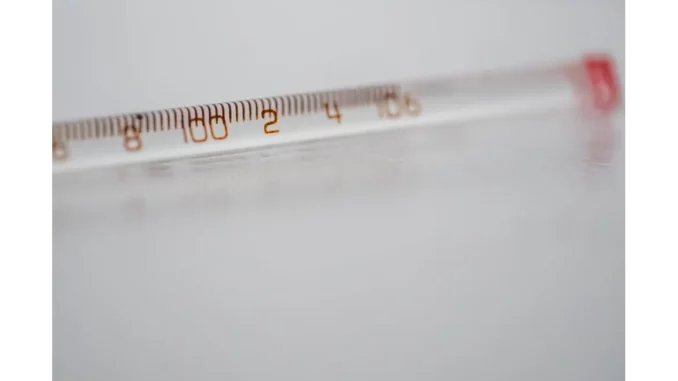
The Art of Wine Storage: A Comprehensive Guide for Every Enthusiast
When it comes to wine, proper storage is paramount. Whether you’re a novice or a seasoned collector, understanding the intricacies of wine storage can dramatically impact the quality of your bottle, be it a budget-friendly Merlot or a prized vintage. Let’s delve into expert advice, rich descriptions, and practical tips to ensure your wine remains in peak condition.
The Importance of Wine Storage
Wine is a dynamic, evolving entity, sensitive to environmental changes. “Wine is a living and breathing thing that is constantly evolving and changing,” says Wine Enthusiast’s Chief Revenue and Education Officer, Marshall Tilden III. Proper storage can mean the difference between a delightful glass of Cabernet and a bottle of sour vinegar.
Before diving into the specifics of wine storage, it’s essential to recognize the elements that can ruin wine. For a detailed exploration, check out our piece on the five enemies of wine, but here’s a succinct overview:
1. Temperature
Temperature is the foremost adversary in wine storage. “Temperature is the most important enemy of wine to protect from,” says Tilden. Fluctuations can disrupt the delicate balance of compounds that give wine its aroma and flavour.
“When it’s too hot, you can have something called maderization where wine turns into vinegar,” adds sommelier and Wine Enthusiast Tasting Director, Anna-Christina Cabrales. Conversely, excessively cold temperatures can cause wine to expand, leading to corks popping out.
Tilden identifies 55°F (approximately 13°C) as the ideal storage temperature for all types of wine—reds, whites, sparkling, and fortified.
2. Humidity
Wine corks need ambient moisture to remain intact. Too dry, and they shrink, risking oxidation. Excessive humidity can cause labels to peel and foster mould growth. “Somewhere around 50 to 80% humidity is where you want it,” advises Tilden, to keep corks moist and oxygen at bay.
3. Light
Prolonged exposure to sunlight can cause wine to become “light-struck,” akin to a permanent sunburn, leading to unpleasant flavours. Ultraviolet (UV) rays degrade the tannins, which protect the wine, particularly affecting white wines since they lack tannin protection. Dark bottles offer some defence, but avoiding light exposure is best.
4. Position
Minimal movement is crucial. “Vibration can shake up the bottles, move sediment around, and even create heat and friction inside the bottle,” says Tilden. This can alter the wine’s molecular structure, impacting its taste. Cabrales recommends storing wine horizontally to keep corks moist and prevent oxygen ingress.
5. Odours
Wine breathes through its cork, so ambient odours can seep in, affecting its flavour. Ensure your storage area is free from strong smells such as those from a garage or nearby cigars.
Storing Everyday Wine
Most wines are crafted for immediate consumption. “A lot of wines are meant to be consumed young,” says Tilden. For these bottles, simple storage solutions suffice. Cabrales suggests a dark, moderately humid, and cool space—pantries, closets, or even countertops are suitable. Ensure they’re away from sunlight and heat sources.
A refrigerator is handy for short-term storage, slowing the ageing process and protecting against maderization. However, avoid long-term fridge storage as temperatures can be too cold.
Storing Wine After Opening
Once opened, wine is susceptible to oxygen, which can spoil it. Cabrales advises pouring a glass and recorking immediately to minimise exposure. For preservation, Tilden recommends using a vacuum pump to remove air and storing the bottle in the fridge.
Long-term Wine Storage
For those balancing between casual drinking and serious collecting, wine refrigerators offer an ideal solution. Unlike standard fridges, wine coolers maintain appropriate temperatures and control for vibrations and odours. They’re designed specifically for wine’s delicate nature.
Wine racks, available in various designs, also provide an elegant storage option, keeping bottles in the optimal horizontal position.
Ageing Wine Without a Cellar
Ageing wine enhances its flavours and textures, a process best managed in a proper cellar. However, for those without one, replicating cellar conditions at home is possible. Choose a cool, dark, and moderately humid space like a basement or garage, ensuring it’s free from strong odours.
To shield from light, consider a cupboard or pantry, or even covering bottles with a blanket. Always store bottles horizontally to keep corks moist.
Remember, while ageing can elevate a wine’s quality, its peak is fleeting. “It’s always better to open a wine a bit too soon, when it can still be shared and enjoyed, than too late,” Tilden advises. Celebrate life’s moments with that special bottle, ensuring it’s stored with care until the perfect occasion arises.
By following these expert guidelines, you can ensure your wine remains as exquisite as the day it was bottled. Cheers to impeccable storage and exceptional wine experiences!


Be the first to comment